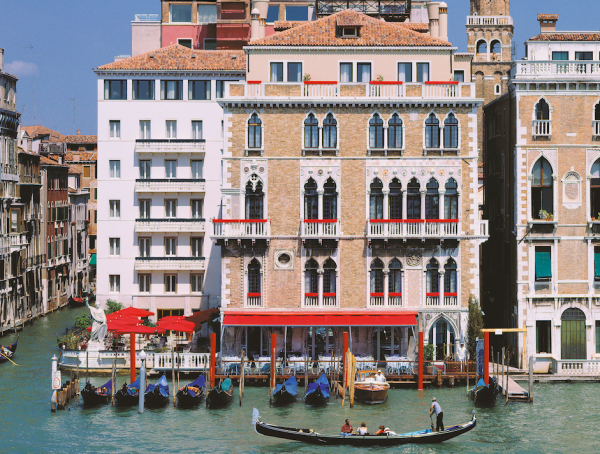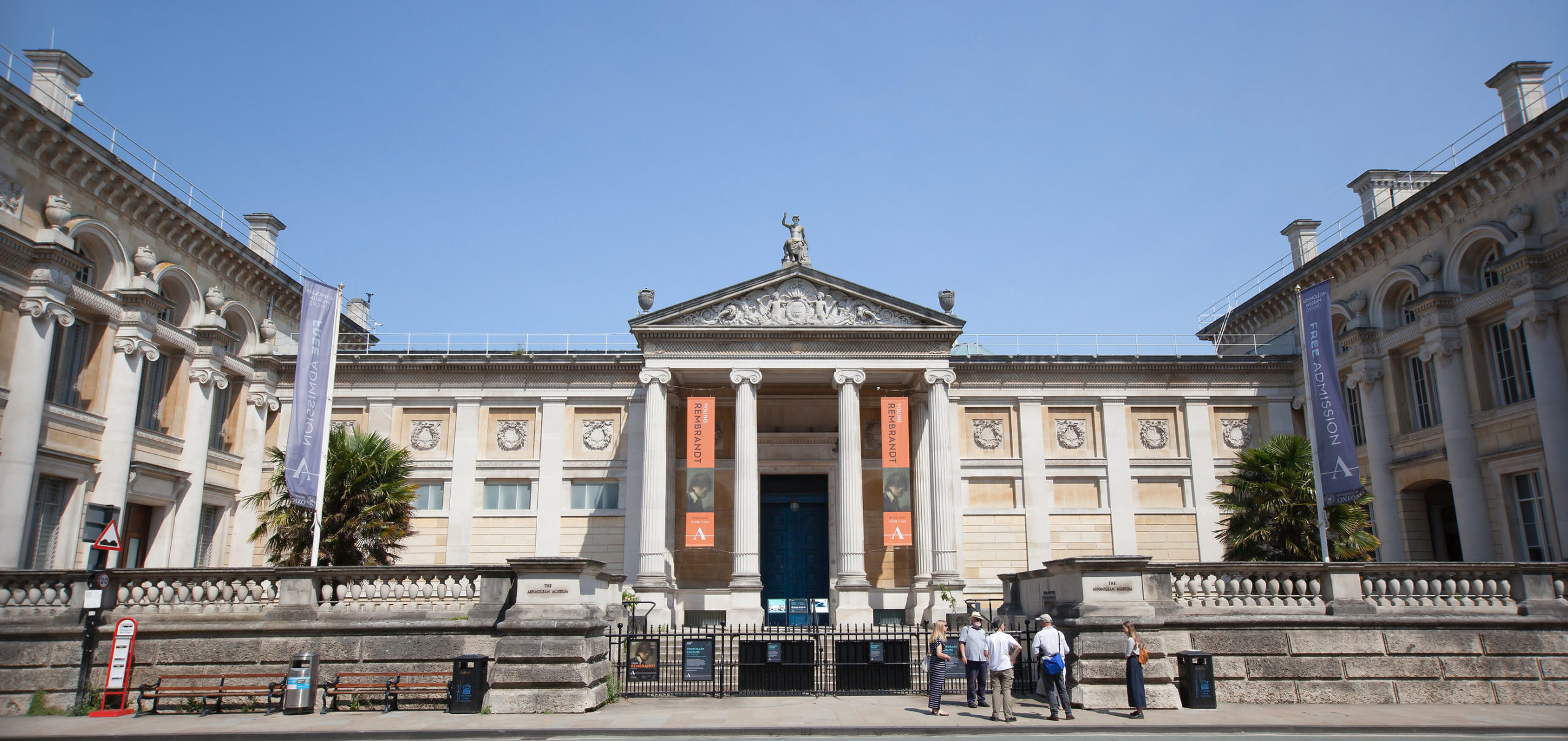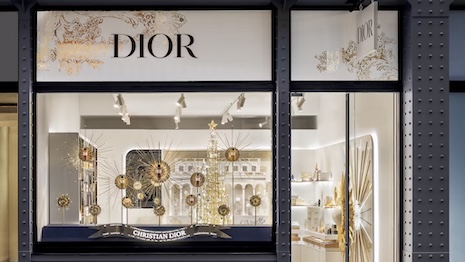Can you share a bit about how your upbringing and cultural background have influenced your approach to design and creativity?
Growing up in the 90s in Northern China, my parents were both Materials Engineers who founded their own firm after losing their stable state-owned jobs. This entrepreneurial spirit was deeply ingrained in me and shaped my desire to start my own business.
As a child, I was fascinated by art, particularly oil and Chinese ink paintings. I loved the freedom of expression and the extreme present feeling that art provided me. When it came time for me to pursue higher education, I chose architecture because it combined my love for art and technology, providing me with a sense of security about my future. This blend of art and technology continues to influence my approach to design and creativity.
How does your education background at Columbia University and Shandong Jianzhu University inform your design practices and principles today?
My formal education, which included five solid years of architecture school, provided me with a foundation of knowledge and skills specific to the field of design. It equipped me with a comprehensive understanding of design principles and methodologies, and led me to a field where I could bring up questions about passion and insight about how to reinvent myself.
Studying at Columbia GSAPP was like entering a whole new world. It was my playground, introducing me to the US design scene. Plus, it taught me ethical awareness and responsibility, with discussions on inclusivity, sustainability, and social impact.
Having studied in both China and the US, I was exposed to diverse cultural and educational backgrounds, which opened my eyes to a global perspective and allowed me to incorporate different influences into my work.
You mentioned that your parents were entrepreneurs. How has their journey impacted your own entrepreneurial spirit and the creation of Juju Studio?
My parents’ journey of founding their own firm after losing their stable jobs had a profound impact on my entrepreneurial spirit. Their perseverance and determination inspired me, and I naturally imagined someday I would start my own business. I was never driven by competition and didn’t see the appeal of climbing the corporate ladder. Instead, I saw life as a big classroom for an exam, with some people striving for a good score, while others, like me, questioned why they were taking the exam at all. This mindset has shaped my entrepreneurial journey and led to the creation of Juju Studio.
How has your experience as a woman and someone from a culturally humble upbringing shaped your experiences in the design industry, and how have you navigated those challenges?
As a woman from a culturally humble upbringing, I often felt like an imposter. However, my experiences in New York taught me that you have to “fake it till you make it.” My friends were my cheerleaders, constantly reminding me, “You are Jing. You got this.” Over time, I gained power and awareness, which helped me overcome my feelings of impostor syndrome and gave me the confidence to pursue my intuition.
This led to the founding of Juju Studio, a New York-based spatial design practice known for creating both temporary and permanent spaces that push the boundaries of sensorial and immersive experiences. My approach to navigating challenges involves not waiting for a perfect time to make a bold move, not taking myself too seriously, and not taking others’ opinions too seriously. This mindset has helped me create a successful spatial design practice known for creating unique and exceptional brand experiences.
As an AAPI female designer working in a global context, what unique challenges have you encountered in your career and how have these experiences influenced your design approach and philosophy?
As a woman who grew up in east asian culture and stayed for 20 years, most of the realization and lesson of my life is more about self-advocating and believing internally, most of the challenge is if I believe I can or I will do this or what kind of people I would be. That would open a door of resources, just figure things out and be free of learning and exploring, instead of feeling the need to be overqualified to be able to do anything. Just channel a mediocre white man’s confidence.
Being an AAPI female designer has its challenges, but I’ve learned the importance of self-advocacy and believing in myself. It’s all about breaking free from stereotypes and confidently exploring and learning.
As an AAPI, are you able to add a flavor of your cultural background to your design? Can you give examples?
I find inspiration in diverse cultural aesthetics, colors, patterns, symbols, and traditions, which infuse my creations with a unique and meaningful flavor. But the extent to which I incorporate cultural heritage depends on the audience and the brand I’m working with. For instance, my upbringing makes designing for occasions like Chinese Valentine’s Day or Chinese hospitality business more natural and intuitive.
What are your global influences or inspirations?
My inspirations span nature, architecture and history, contemporary art and culture trends keep my work fresh, while travel broadens and refreshes my mind. Staying attuned to retail and hospitality news ensures engaging spaces. Collaborations and cross-disciplinary experiences enrich my designs. Merging these influences, I craft aesthetic, functional, and meaningful spaces, tailored to each client’s vision and needs.
Considering your accomplishments so far, what are the challenges or opportunities that you look forward to in your future projects?
Looking ahead, I’m excited about opportunities to innovate and develop my leadership skills. Maybe one day I’ll even have my own brand!
Your portfolio shows an impressive range of projects. Can you discuss the common thread or design philosophy that binds these diverse projects together?
When it comes to my design approach, I always start by reading the brief and understanding the stakeholders, challenges, and budget. I’m all about solutions-oriented thinking and exploring things from an artistic angle.
The transition from working for others to starting your own design practice is a significant one. Can you talk about what prompted that decision and how you felt during that transition?
Starting my own design practice was kind of pushed upon me by friends who loved my work. It’s been a journey of complementary knowledge, exploring new ideas, and a creative outlet. When my friends knew more about what I do for work they started to share referral projects, and I feel it’s a script the universe wrote for me. These projects have given me complementary knowledge about materials, production cost, and lead time also allowing me to think outside the box and be a better designer.
You’ve had roles as a Designer, Lead Designer, and now Design Director at Juju Studio. How have these roles differed, and how have they shaped your approach to design and leadership?
From Designer to Design Director is from IC to project manager designer with multiple stakeholders, then design director actually is super client facing like being both creative and account management. I’ve learned to navigate design briefs with ambiguity and become more empathic and comfortable with delegating.
Jing Ju, JUJU Studio
More from LEADERS
In conversation with Silvio Ursini, Group Executive Vice President, Bulgari Group (Exclusive Interview)
Bulgari’s first hospitality venture opened in Tokyo in 2002 with Bulgari Il Ristorante Luca Fantin. In 2004 the first Bulgari Hotel opened …
In conversation with Phoebe Farolfi, General Manager, Fontanelle Estate (Exclusive Interview)
How is the Fontanelle Estate positioned in Tuscany’s luxury segment?
Hotel Le Fontanelle has evolved into Fontanelle Estate today. We certainly …
In conversation with Eugenio Pirri, co-CEO Dorchester Collection (Exclusive Interview)
You have been with Dorchester Collection since 2011 in several critical roles aimed at creating a solid company culture as …













